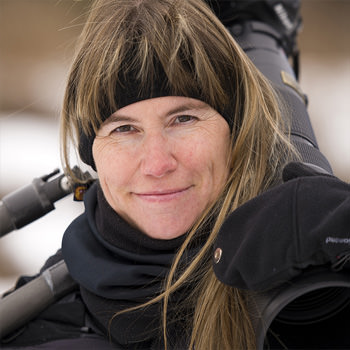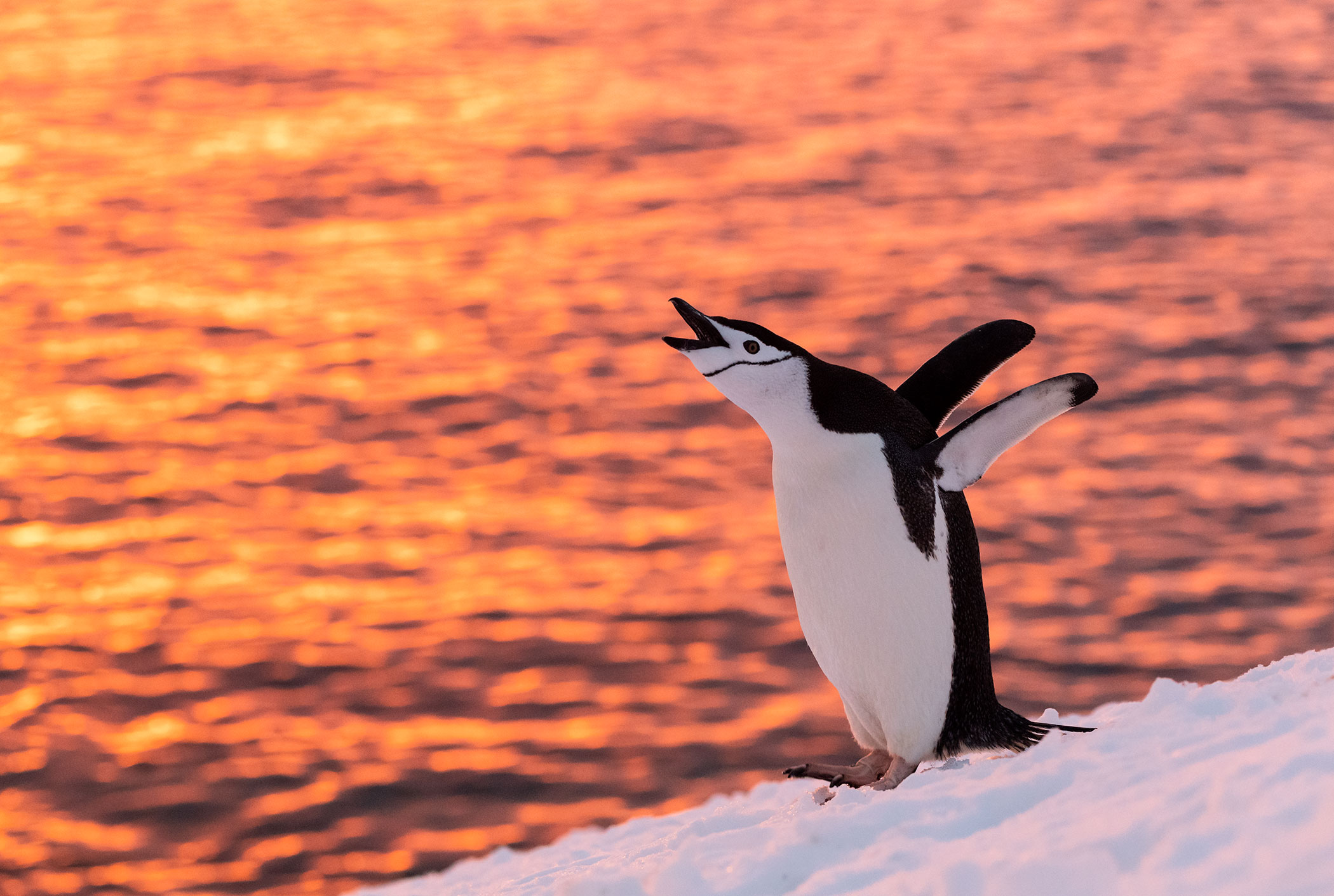
Daisy Gilardini is a conservation photographer who specializes in the Polar Regions, with a particular emphasis on Antarctic wildlife and North American bears. She is from Switzerland originally, and is now based in Vancouver, Canada...
Ambassador profile
WHERE HAVE I BEEN? ANTARCTICA

I always think of Antarctica as a planet within our own planet. Visually, it looks as if everything stopped at the time of creation. Everything is in harmony, pristine and pure, probably because no humans ever colonized this continent. It’s one of the few places on Earth where animals are not scared of humans, where penguins approach you to interact, where seals want to play with you, and birds don’t fly away.
My name is Daisy Gilardini. I am a conservation photographer who specializes in the Polar Regions and the wonderful creatures that live there, in some of the most remote and fragile ecosystems on our planet.
Pushed by my childhood love for a little, stuffed seal puppy toy, given to me as a present when I was just four-years-old, I grew up with a desire to one day be able to see these creatures in their natural habitat.
It “only” took me 29 years to realize that childhood dream. Finally, in 1997, I was able to embark on my first expedition to Antarctica, to meet the seals.
Since then, today, 22 years after that very first trip, I can count more than 80 expeditions to the Polar Regions.
Antarctica is the coldest, driest and windiest continent in the world, and at the same time one of our planet’s most important thermoregulators. Its white ice sheets deflect harmful sun-rays back into the atmosphere and keep temperature liveable.
The white continent’s sheets of ice hold 90% of the world’s fresh water.
Protecting Antarctica means protecting the world, and humankind with it, from catastrophic events such as rising sea levels, the increase of violent climatic events such as drought, floods and forest fires and agricultural disasters that affect our food resources, just to name a few examples.
Antarctica is also one of the world’s most important scientific laboratories. The record of our planet’s climate over the past million years is locked within its four-kilometre-thick ice sheets. Analysis of ice sample extracted from the ice’s core is essential to our understanding of climate change and its consequences.
As conservation photographers, it’s our duty to both capture the beauty of these wild places and at-risk species and raise public awareness through the power of our imagery and storytelling.
Awe-inspiring photography is a powerful force for the environment, especially when paired with the collaboration of scientists and decision-makers.
While science provides the hard information necessary to identify issues and propose solutions, photography symbolizes these issues. Science appeals to our minds, but photography speaks to our hearts. We need both if we’re to spread the message of conservation effectively, to as many people as we can.
TECHNICAL INFORMATION
Nikon D5/D500/D850/DZ7
Nikkor 800mm f/5.6
Nikkor 500mm f/5.6
Nikkor 80-400mm f/4.5-5.6
Nikkor 24/70mm f/2.8
Nikkor 14-24mm f/2.8
Gitzo GT3530LS Systematic carbon tripod;
Gitzo traveler, mini traveler
Boom pole
The challenges of working in the Polar Regions are mostly related to the physical conditions one experiences there: cold, moisture, rain, snow and salt water.
Constant care is a must. One must keep the camera dry and avoid moisture forming inside the camera due to condensation. (Entering a warm environment, for example, after coming inside from extreme cold.)
When in the field, I usually carry a variety of tripods, from a Gitzo Systematic Carbon Fiber tripod for the big telephoto lenses and video to the Mini Traveler for my mirrorless camera body, and a carbon fiber boom pole and/or monopod to work with my underwater case.
My tripods have to endure snow and violent windstorms and are constantly being submerged in saltwater and exposed to sand.
I work in some o the most remote areas on our planet. If my equipment breaks down, I cannot get a replacement or send it into the lab to fix.
For this reason, I have to rely on extremely sturdy and trustworthy equipment.
Gitzo has never disappointed me.


























